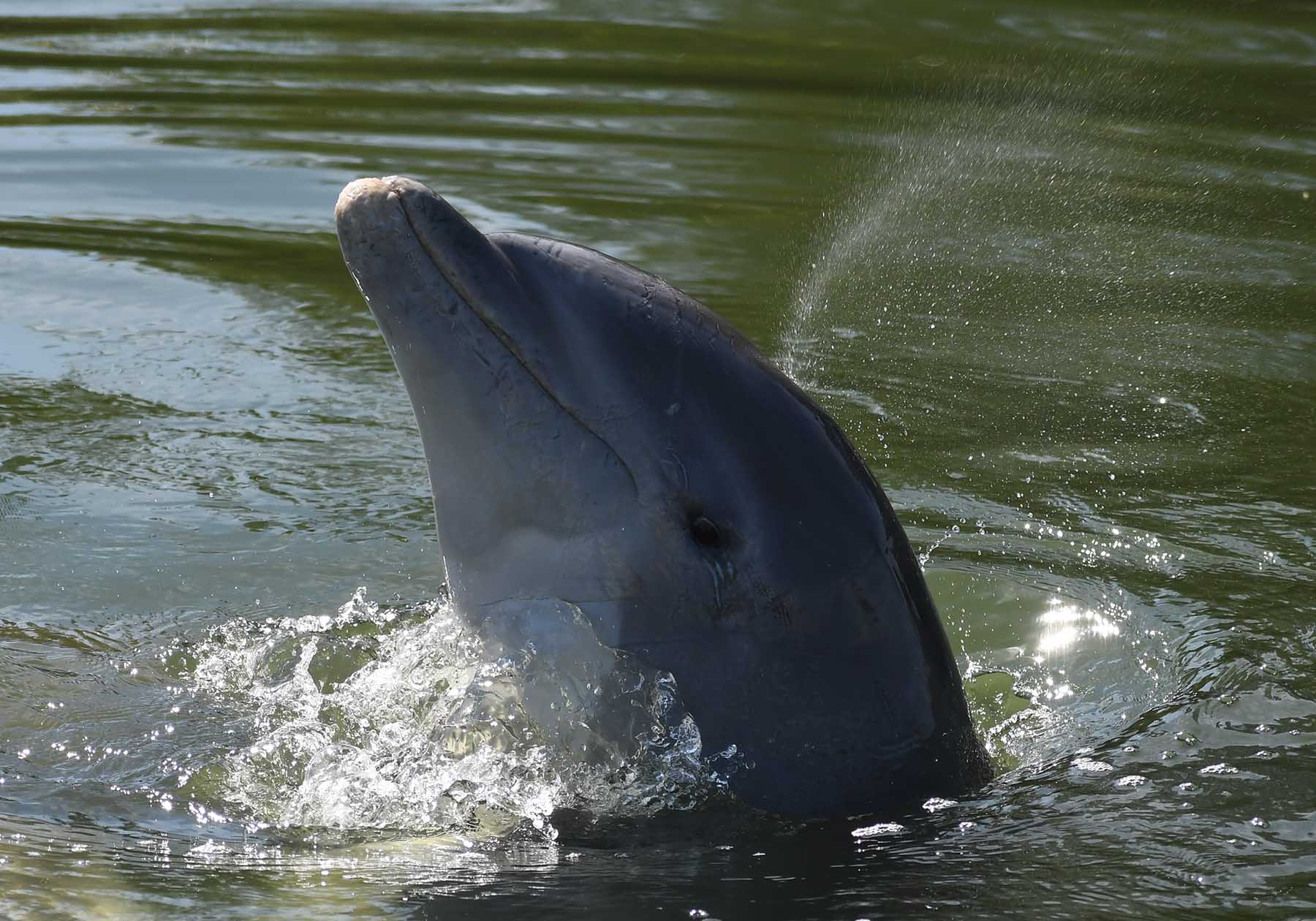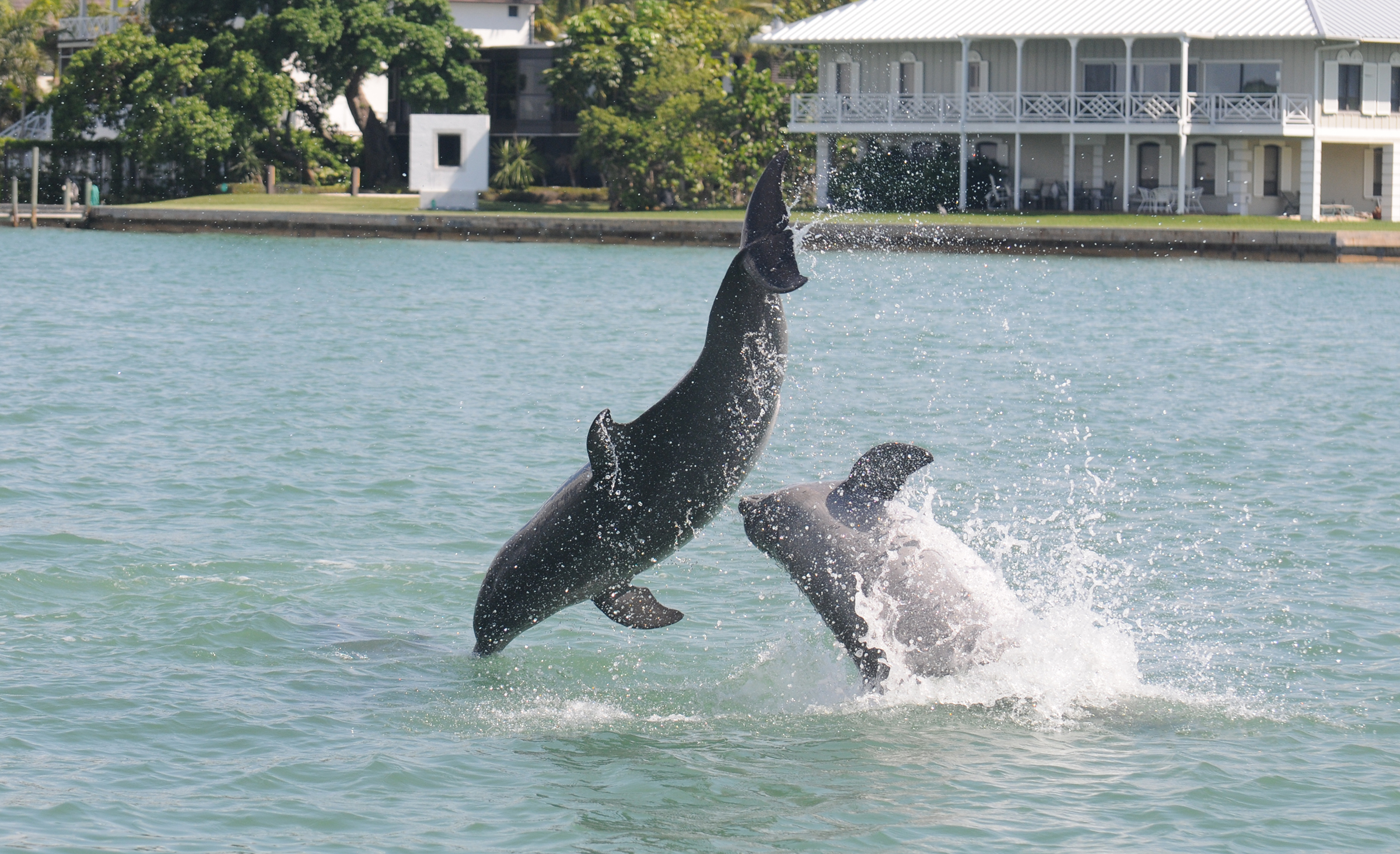Evidence of consistent individual differences (IDs) in behavior, indicative of individual personalities (also referred as behavioral types or coping strategies), has been demonstrated across the animal kingdom from mollusks to mammals. “Who” an individual is will impact how they handle challenges, react to stressors, select mates and ultimately how successful they are in reproduction and survival. Given the heritability of personality traits and the ubiquity of personality in the animal kingdom, there is evidence for strong evolutionary selection pressures at the level of the individual. The existence of such IDs in behavior poses interesting behavioral and evolutionary questions regarding the mechanisms related to maintaining this variation and whether the existence of personalities reflects individual-level adaptive solutions to complex physical and social environments. A long-standing tenant of my research interests has been to understand the role that individual personality plays in social relationships, demographic processes (example: dispersal, survival, mortality, reproductive success), and ultimately in the functioning of populations.


In order to answer questions related to how personality influences demography, one must first identify reliable measures of personality traits. Personality is operationally defined as individual differences in animal behavior across context and across time. It’s challenging to find rich datasets at the individual-level in cetaceans given the time it takes it acquire important demographic parameters in long-lived species. Individual bottlenose dolphins here in Sarasota have been observed in the wild for more than 50 years, with corresponding health data, demographic rates, and ongoing access to known individuals in a natural setting, offering the only dataset of its kind in the world.
We are in the early stages of developing a pilot project to capitalize on the historic data available, paired with ongoing sampling efforts, to identify measures that can be used to assess personality in wild dolphins. The shy/bold axis of behavior in the personality literature is regarded as one of the more distinctive, heritable, and stable sources of behavioral variation. The shy-bold axis is similar to what we think of as introversion and extroversion in humans. Animals may be really shy or really bold but can exist anywhere along a spectrum between these extremes. It’s also the behavioral axis that is expected to be most relevant in how animals respond to environmental change. Past studies in other species have described proactive and reactive behavioral types, related the shy-bold axis of personality. These behavioral types have been shown to vary consistently in endocrine responses (cortisol) to stressors, which is directly measurable in dolphins through blood, blubber, fecal, and urine samples.
We aim to draw from multiple lines of evidence to explore measures that might be indicative of proactive and reactive behavioral types including: behavioral responses to novel sounds through acoustic playback experiments, behavioral responses to a stressful event such as being captured, and endocrine responses to the same stressors. The long-term goal of this research is to further highlight the role of the individual in how wild animals respond to their environment, supporting our ongoing efforts to inform management strategies and conservation actions from this perspective. In the future, I aim to expand on these ideas in collaboration with conservation breeding programs (not specific to marine mammals) to examine the role of personality traits in predicting survival and reproductive output of individuals after reintroduction into the wild.
— Dr. Christina Toms, Staff Scientist, SDRP





